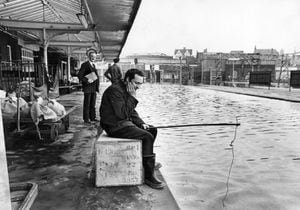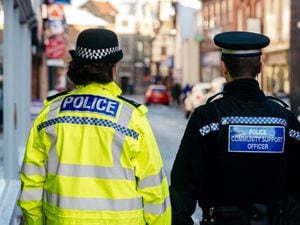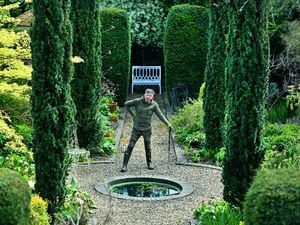GALLERY: A dip into the flooding archives
The bad years are in the history books, and the more recent ones don't need to be, as they are still seared in the memory.

If you really want to go back, there was February 14, 1795, when it flooded to 20ft 3.5ins above the ordinary low water level in Shrewsbury.
And every so often in the many years since, nature heaps its misery upon us again, just to remind us that whatever we do, in the end there is no escape from the power of the weather.
Nevertheless, new technology has brought a measure of relief – for some. In modern times flood defences have protected the homes of many folk living by the River Severn.
But look what happened on the River Teme this time round.
And in any event they are no help in the face of the flash flooding which turns harmless brooks into raging torrents, and brings waves of water cascading from the hills, as was seen, for instance, in the rain-soaked summer of 2007.
Let's toy with a few dates which are still within living memory. There was disastrous flooding for consecutive years in 1946 and 1947, the latter being especially terrible because the floods came after the harshest winter for many years.
Fast forward to the 1960s and there were several flood years, but with the 1970s and 1980s being relatively flood-free, a mistaken belief took hold among some folk that the massive reservoirs which had been created in Mid Wales had somehow meant flooding of the River Severn was a thing of the past.
Flood defences for Shrewsbury were proposed in the 1990s, but council and public opinion was against them.
That was a view which was to change when the great millennium floods, the worst for over 50 years, struck in the last three months of 2000.
So let's take a dip (no pun intended) into our archives to recall some of the events of yesteryear, which are now history, but a history, as we have seen this month, which is apt to repeat itself.





